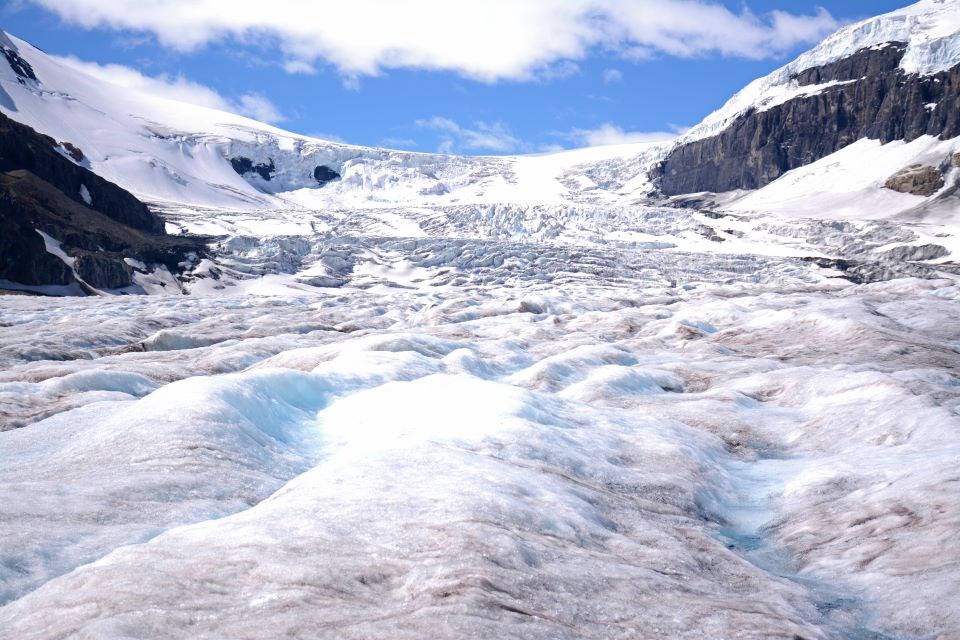Jasper can expect warmer temperatures in every season of the year plus an increase in the number of extreme rainfall events along with a continued and significant wildfire risk that will be compounded by dramatic annual variability.
Those are just a few of the expectations found in the Climate Risk Assessment Report that was presented to municipal council during the Feb. 27 committee of the whole meeting.
The report, presented by representatives from The Resilience Institute, does more than simply paint a stark picture of the future for this mountain municipality. It tries to deliver a roadmap so that Jasper can better protect itself from the many negative effects of climate change.
“We know the planet is getting warmer,” said Harry Penn, research fellow with the Resilience Institute.
The report included a graph of the global mean temperature from 1850 to the present, which showed that the last eight years have been the warmest of the entire record.
“Wildfire damage, permafrost degradation, diversity loss – all these different things that we hear about in the news – they're happening. Their impacts are being felt increasingly at just current levels of global warming,” Penn said, adding that mitigation work is important but local climate change adaptation efforts are going to be ultimately the most meaningful.
Those adaptation efforts were at the heart of the report. It kept its focus on climate-related hazards (both acute and long-term) that would have direct impacts on Jasper and that are within the municipality’s control and influence.
The comprehensive report recommended 20 specific actions, one of which was to develop a Climate Change Adaptation Action Plan that targets both the identified high risks along with more direct risks that would be considered significant to residents, businesses and government departments.
It suggests starting with implementing early adaptation actions that can be achieved sooner and that also have mutual benefits of being incorporated into existing processes and funding sources.
The report calls these actions “low hanging fruit” while other more substantive actions would extend outward in the terms of implementation time and range of benefit. Collaborating with neighbouring communities and rights-holders to develop multi-valued approaches to the adaptation planning is part of the bigger picture.
“I think there is a real value in associating this work regionally,” Penn said.
“Particularly broadening out to other rights holders and developing a multi-valued approach to adaptation planning can really make it more holistic and more valuable in terms of the outcomes that come from any next steps.”
Some of the recommendations also included creating an inventory of cooling infrastructure and amenities throughout the municipality and region. Cooling spaces such as shade trees and sheltered spaces and cooling centers could be established for residents and tourists alike to escape the heat.
It also suggested exploring non-combustion-based forms of backup power such as batteries and residential energy generation options.
Council voted unanimously to receive the report and to return to a future meeting with its recommendations toward developing a climate change adaptation action plan.


